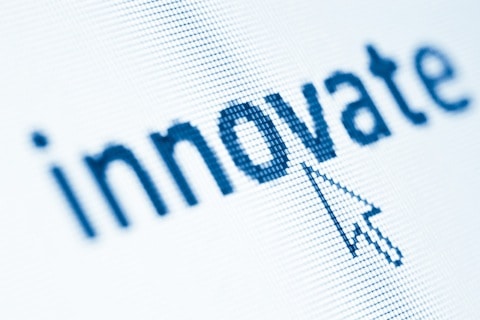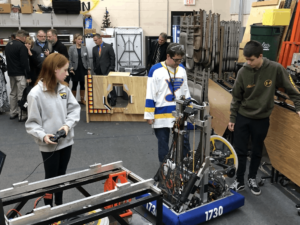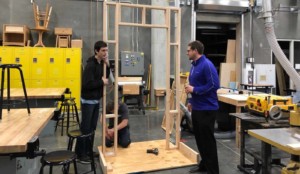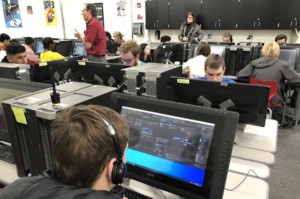Education, Nonprofit, Government & Tech Worlds Collide this Month in Virtual Agreement

By: Beth Purcell
Technology is not the answer.
At least not “the entire answer,” according to President Obama’s February 4 speech on ConnectED, the federal program designed to connect 99 percent of America’s schools to the Internet. Announced just prior to Digital Learning Day, the comment could seem oddly placed. As PBSLearningMedia, the National Writing Project, and the Library of Congress join the digital learning frenzy, it seems that the education, nonprofit, government and technology worlds collide this month in virtual agreement. Harnessing the power of tech for America’s schoolchildren, they contend, could help increase college and career readiness, address the effects of poverty, and improve America’s lagging test scores.
These sentiments have fostered such support that the Center for Education Reform has issued a report to pinpoint which and what sized news outlets most often cover digital learning stories. (Their answer? Small-circulation news outlets in the South and large-circulation news outlets in the Midwest and Northeast.)
Entitled “The Media and The Digital Learning Revolution,” the report also presents advocacy tips for so-called “digiformers.” This portmanteau refers to those committed to technology-aided education – of which there seems to be many.
Noting that only 30 percent of American students have true high-speed Internet in their classrooms, President Obama has announced significant strides toward his ConnectED goal. Progress includes a $2 billion commitment by the Federal Communication Commission in waived fees plus $750 million in corporate commitments from companies such as Apple, Sprint, AT&T and Microsoft for software, services, devices and ebooks.
So, what’s missing? What beyond these impressive and well-funded tools does President Obama advocate as the “entire answer” to education excellence? Talented teachers, committed parents and students who “make the effort and have high expectations for themselves,” the president suggests.
But I’d say he’s still missing one key factor in the online learning equation– choice.
Maybe the neighborhood school of the future – armed with lightening-fast broadband and student iPads, a school where children create ebooks instead of the poster board-and-marker creations of my own school days – will be the environment where my child learns best.
But maybe not. Maybe bullying or learning challenges or giftedness or the need for a flexible schedule to pursue extracurricular interests will make a different option the best fit. Such was the case with my own daughter, who attends a state virtual public charter school. She, and thousands of students like her nationwide, use technology for education every day by bringing the classroom into the home rather than boarding a school bus.
So, yes, I stand with the “digiformers.” Technology can – and, I believe, will – transform and improve education for countless students. I look forward to the advances that will result from ConnectED and other digital learning initiatives.
But no app, gadget or new operating system can change an essential education truth: when it comes to how our students learn, parents know best. Only with parental choice intact can we harness the full potential of online learning.
Beth Purcell is the Board President of PublicSchoolsOptions.org.





0 Comments
Leave a Comment
Your email address will not be published. All fields are required.